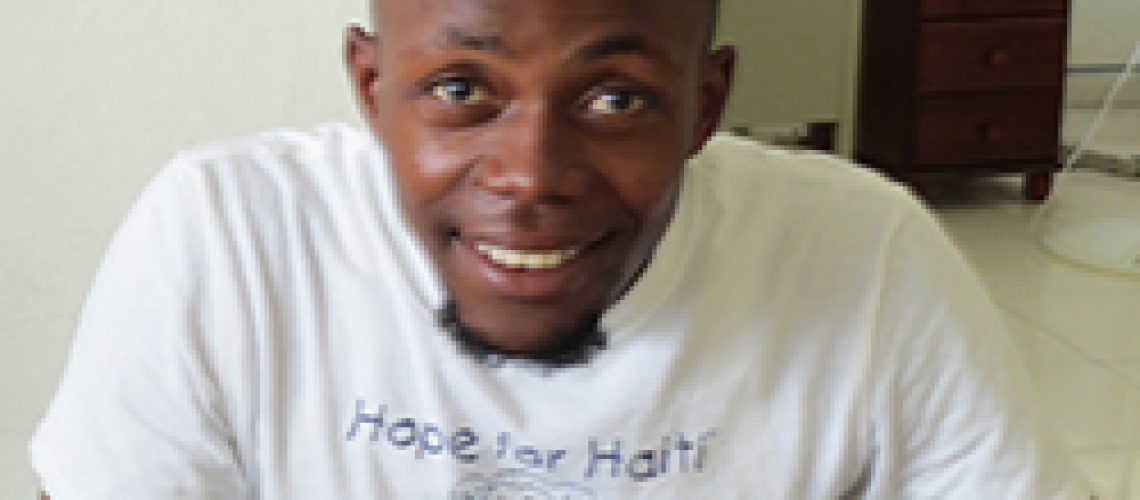Jennifer Lang, Program Director – June 27, 2013
This past month, we’ve been able to provide major upgrades to our primary healthcare facility, the Infirmary Saint Etienne, here in Les Cayes, Haiti. Installation of air conditioning and solar power should create a more positive environment for patients and staff and help us serve as an energy model throughout Haiti and the world.
 |
 |
|
Operations Director Stanley Liste
manages all construction projects
|
Kids like Milly Henri make
all the hard work worth it.
|
Our Infirmary is staffed by 18 Haitian medical professionals and administrators, who work every day to provide laboratory, dental, and primary care services to the poorest of the poor. In our three-room clinic, which sometimes holds over 90 patients, it can get quite hot! During the hot season in Haiti, from May to November, temperatures are typically well over 100 degrees Fahrenheit. Most importantly, because our Infirmary offers the lowest-cost services throughout the South, many of our patients come from extremely disadvantaged households. Patients who walk three- or four-hours to arrive at the Infirmary now have cold water and air conditioning to help keep dehydration at bay.
Heat stress and stroke can greatly impact patients, leading to crises requiring hospitalization. Our Infirmary caters to children, from our Education network of 40 schools, and the elderly, through our partner nursing home—both high-risk groups. Another high-risk group is adults suffering from hypertension and heart disease—which the Infirmary serves via our Chronic Care Program and who already have the highest rate of death in Haiti. With air conditioning, we hope to have a comfortable and clinically-improved environment for all of our high-risk patients.
 |
 |
 |
| Solar panels on the roof of the Infirmary. | Batteries connected to solar panels. | This is what power looks like in rural Haiti. |
Hope for Haiti is committed to responsible, sustainable development – and that commitment includes bettering our local environment. For the past four years, the Infirmary has been powered by generator – a costly, noisy, diesel-burning option that nonetheless allows us to include high-powered laboratory equipment to our services. However, we have installed 12 Bosch solar panels to the roof of our Infirmary, which will allow us to burn less fuel and reduce our carbon emission as well as capitalize on Haiti’s climate—turning the dangerous heat into a resource. Solar power will be combined with battery charging to power on rainy days, as well as the national power grid and the existing generator.
When our Infirmary opened four years ago, in a former slaughterhouse, we could not have imagined the advancements that are possible today. By creating a technologically-forward environment, our doctors and nurses can focus on providing the best patient care possible!

